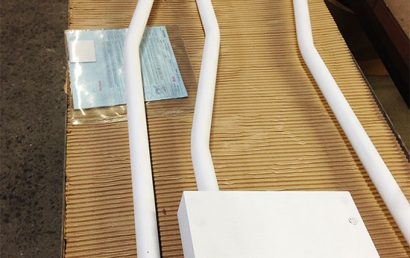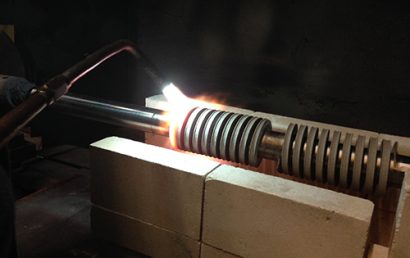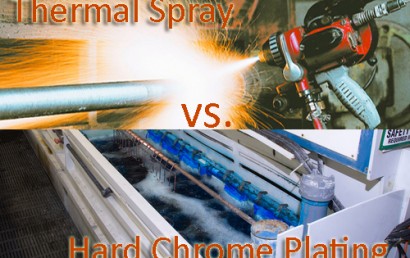Corrosion Protection Coatings Are Beneficial For Thermally Insulated Stainless Steel
Chlorides are contained within the materials used for thermal insulation found in stainless steel vessels and stainless steel pipes. What is the significance of these chlorides? When moisture exposure occurs to such insulation materials, the layer of moisture on the vessel or pipe surface ends up having chlorides released into it. The result of this is can be corrosion cracking from stress/pitting. The introduction of corrosion protection coatings, however, changed all that. Now, stainless steel can be treated so that it lasts longer and experiences less trauma.
Insulated Stainless Steel and Corrosion
Chloride’s leachable level can be as little as 10 ppm, even though chlorides are contained within insulation materials. Despite the addition (to some formulations) of corrosion inhibitors such as sodium silicate, and despite the low ppm of leachable chloride, in insulated stainless steel vessels and insulated stainless steel pipes, stress and pitting corrosion have been observed.
The presence of moisture within the insulation material can still lead to stainless steel surface corrosion due to chloride being concentrated in localized areas – regardless of the insulation material’s initial chloride levels. External sources, such as evaporation or process water, wash, or rainwater, may also enhance the insulation layers’ chloride level. Truth be told, process waters, wash, or rain waters can have up to 10 times the chloride level that thermal insulation materials can leach. Increases in the chloride level such as this can happen prior to the application of thermal insulation, during storage. It can also happen while in service.
The combination of temperature, concentration of chloride, low levels of oxygen, and moisture beneath the thermal insulation can directly cause corrosion from pitting. Not as likely to be a problem at 50°C and below, stress corrosion cracking could still be a problem if the temperature range is between 150°C and 50°C.
Barriers Against Corrosion
If they are not being exposed to moisture, stainless steel vessels and stainless steel pipes do not necessarily need a corrosion barrier. It may not be required in dry, warm, and internal conditions. It is, however, recommended that a corrosion barrier be applied to the vessel or pipe prior to the application of thermal insulation if the thermal insulation is likely to become moist. With insulation that is made with a waterproof finish, a couple of corrosion barrier types are used in conjunction:
- Aluminum foil that is 0.06 mm thick
- A high temperature silicone type of suitable paint
The favored method of the two is aluminum foil because its application process is easy. For the thermal insulation of equipment and pipework, these types of corrosion barriers should be used in accordance with code BS 5970.
When it comes to corrosion barriers, the experts at A&A Coatings are leaders in their field. We provide protective coatings for numerous industries from automotive and aerospace to wire drawing and wind energy – and everything in between. If you would like to find out more about what corrosion protection or other protective coatings can do for you, your business, or your industry, contact one of our knowledgeable representatives today. A&A Coatings has been at the forefront of the thermal spray industry for more than 70 years. Through our customized services, we can help improve your company’s bottom line.



